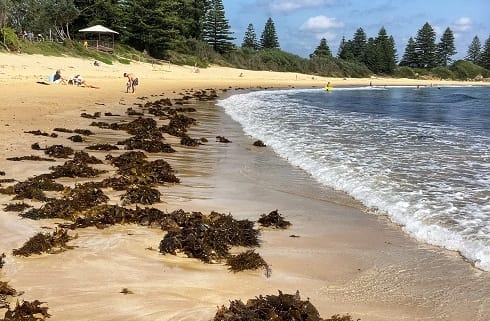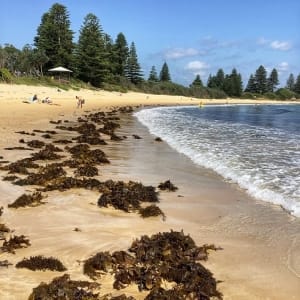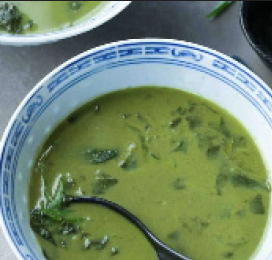Feed the soil not the plants!
The soil is the most important part of any garden. Not only does it provide a place for the plants to anchor their roots and gain structural support, but it is also the plant’s source of water and nutrients. Ideally, a good soil will be deep and friable and loaded with organic matter and humus.
Organic matter is essentially the waste and remains of plants or animals. Its role is to provide food for the living soil organisms (bacteria, fungi, insects, earthworms etc) which decompose it into humus, the actual ‘life-force’ of soil. Humus stores nutrients, retains moisture and improves soil structure. Without organic matter and humus, soil is just the inorganiccomponents derived from the erosion and weathering of rocks (sand, silt, clay, gravel etc), otherwise known as dirt.
There are four main ways to increase the amount of organic matter and humus in your soil – compost, mulch, green manure and worm castings.
Compost is decomposed organic matter. The key to compost success is getting the carbon/nitrogen (brown/green) ratio correct. Aim for around 25 to 30 parts of carbon for each part of nitrogen. High-carbon ingredients include straw, paper, cardboard, dry leaves, woody prunings, horse manure, sawdust etc while high nitrogen ingredients include fruit and vegetable scraps, grass clippings, green plant prunings, chook manure etc. Try building a layered heap and keeping it moist to encourage the microbial activity that speeds the decomposition process.
From a soil-feeding point of view, mulch is organic matter applied directly onto the surface and left to decompose in situ. Mulch can be anything from hay or straw, seaweed, mushroom compost, sugar cane waste, grass clippings, shredded paper or bark chips. Please be aware that daily seaweed collection limits (20 kg per person) apply in our area and that collecting is forbidden from beaches within National or Marine Parks.
Green manure is a crop that is grown specifically to be dug back into the soil. Sow a mix of legumes and grasses such as peas/beans/clover/alfalfa with oats/buckwheat/millet/sorghum. After about six weeks, dig and turn the young crop back into the soil. Leave that to decompose for about the same amount of time before planting into the same bed.
Worm castings (vermicompost) are basically the end product of the decomposition process of organic matter when undertaken by worms. They are available as a commercial product but, better still, start your own worm farm at home.
Healthy soil equals healthy plants. If you can utilise one, some or all of these methods as a means to improve your soil health, you will be rewarded and your green bin will be able to have a bit of a rest.
Meanwhile, around the towns we have noticed the old fragrant hedge favourite Murraya paniculata (murraya) is in full bloom, as are the tough old Nerium oleander (oleander). If you are planning a murraya hedge, consider interplanting with Michelia figo (port wine magnolia) for an additional fragrance, which we interpret as being akin to bubble gum. Another current eye-catcher are some colourful mixed stands of red and yellow Canna Lilies.
In the wild places on the sides of the road, one of the current standouts is unfortunately the ornamental weed Lilium formosanum (Taiwan Lily) which is easily recognised by its large (up to 15 cm long) trumpet-shaped white flowers that point out horizontally atop a single strap-leaved main stem (to two metres). The flowers are highly fragrant, and you’ll be doing the bush and yourself a favour if you stop and pick some flowers to take home and put in a vase, thereby preventing seed spread.
Finally, this month in the vegie garden we will be preparing for the first of our pea crops. Whether its snow peas or pod peas, March is the month. On St Patrick’s Day, the 17 March, we also like to plant our sweet peas in anticipation of some welcome late winter colour and fragrance. Remember, peas climb and beans twine, so give your peas some mesh or chicken wire to scramble up.
Happy growing.



